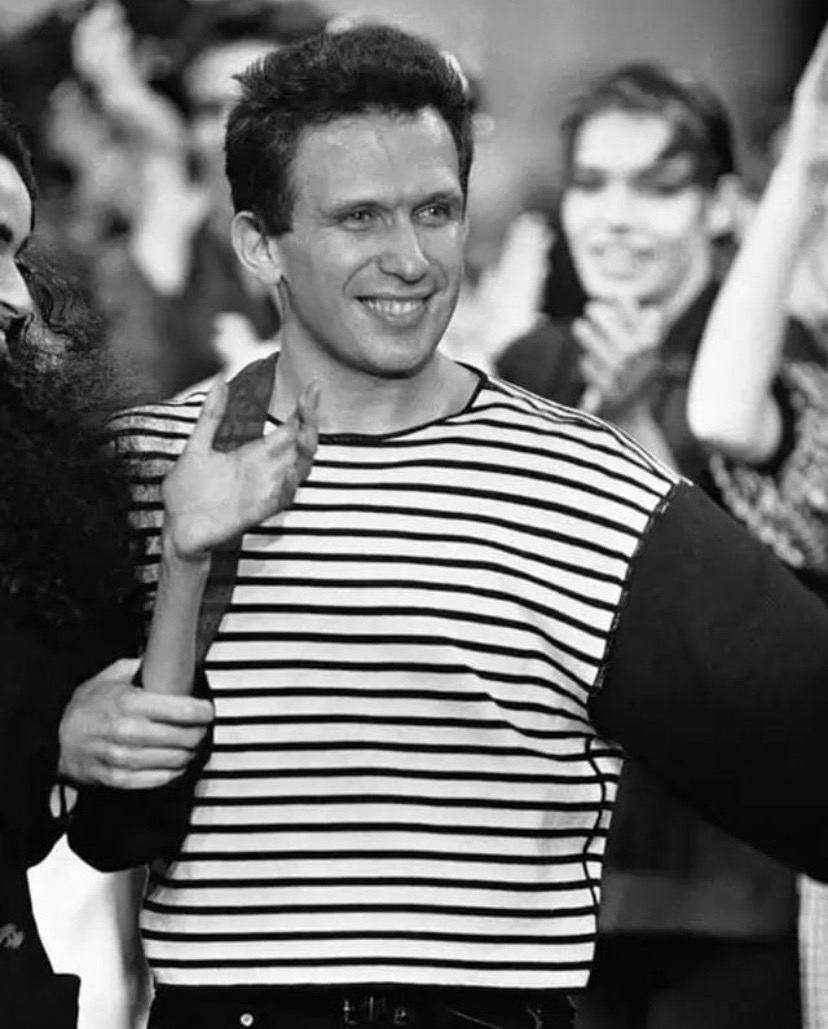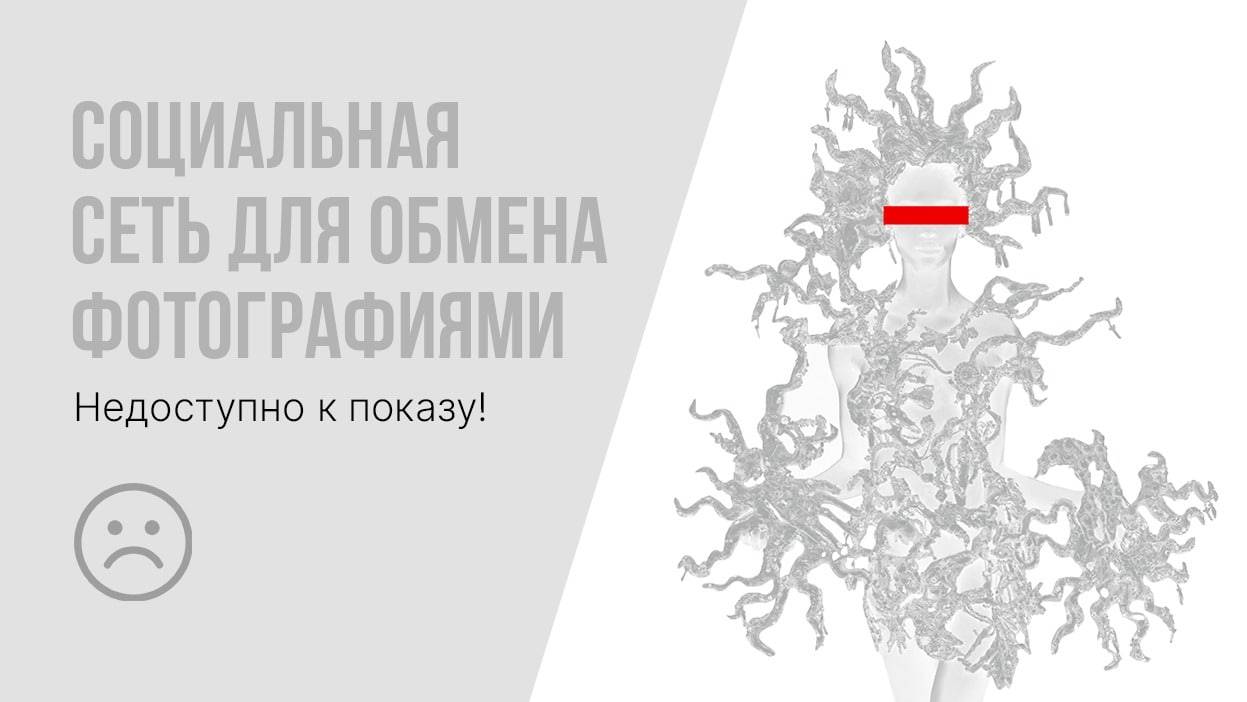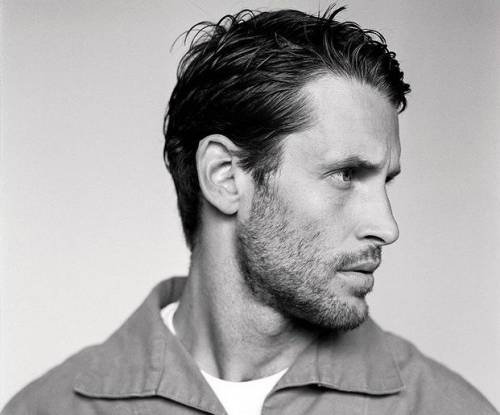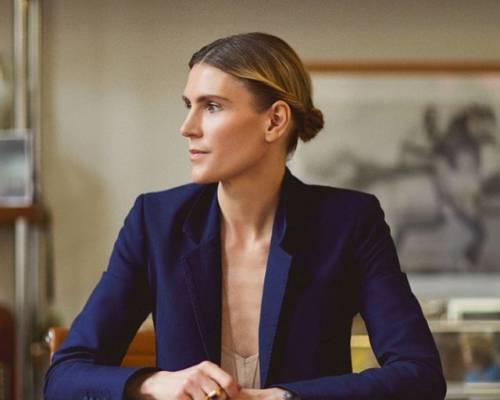Jean-Paul Gaultier: how l'enfant terrible pranked all fashion industry

"My eccentricity became direction."
Jean-Paul Gaultier
In January 2020, the most daring and eccentric French fashion designer Jean-Paul Gaultier held his last show in Paris - in this way, the maestro said goodbye to the haute couture world and also celebrated the 50th anniversary of his career. The show took place at the Theater du Chatelet in Paris and included several performances as well as all the most famous models from the designer's iconic collections - the cone-bra, striped sailor tops, fake suits, and luxurious dresses that made a splash in the 2000s, and many others. The entire creative path of the main hooligan of French fashion was kept within 45 minutes of an unforgettable enchanting show and 250 images, but how did it all begin?

Little Jean-Paul grew up surrounded by women - mothers, grandmothers, and aunts - and preferred to spend time at home, watching the life of his family instead of the usual boyish fun like playing football. But the boy's main hobby was sewing - using his favorite teddy bear Nana as a model, the child created various outfits for his toy. At the age of 13, he sewed a cone-bra for him, which later became the most iconic Gaultier's item.
By the age of 18, Gaultier had already firmly decided that he wanted to express himself with the help of creativity and, after some time, sent several sketches to Pierre Cardin. The French fashion designer was so impressed that he offered the still unknown but infinitely talented Jean-Paul the position of his assistant. A couple of years later, from 1974 to 1975, he already ran the Pierre Cardin boutique in Manila and was engaged in the brand's women's collections for the American market.

In 1976 Jean-Paul launched his own namesake brand together with Francis Menuge and showed the first Jean Paul Gaultier collection. Francis was appointed director of the company, but the most important thing is that he became Gauthier's biggest and only love. When Menuge died of AIDS in the early nineties, the designer barely recovered from the shock. Even though the first works of the designer were a failure, by the age of 27, Gaultier became famous. It happened after the presentation of the spring-summer 1980 collection named "James Bond," which included mini-skirts and leather shorts on men's models - such a design decision shocked the audience because previously none of the designers dared to offer such a thing. That's exactly when Gaultier became known as L'Enfant terrible.
In the 80s, Jean-Paul Gaultier showcased hooligan collections, each of which became a real sensation and a reason for endless discussions. Creating his kitschy clothes, the designer used old jeans, garbage cans, tin cans from cat food, which he turned into bracelets, invented crazy dresses and corsets with cone-bra, etc. Gaultier was one of the first to dare to erase the boundaries between men's and women's wardrobe, dressing men in vests and skirts, low-cut dresses with trains, jackets with an open back, and all the same corsets.



In the 1990s, Gaultier became interested in the ethnic theme, creating a series of collections that already directly influenced mass fashion, and also presented the first Haute Couture collection, called the Salon Atmosphere. Androgynous cut, denim, tight corsets, camp and crepe jumpsuit, decorated with exotic parrot feathers as the cherry on top - all this whimsical chic did not leave the audience indifferent. Later, Gaultier has begun designing costumes for tours of pop divas such as Madonna and cult films such as The Fifth Element and The Cook, the Thief, His Wife & Her Lover. Also, Jean-Paul Gaultier was one of the first to start collaborations with well-known brands and companies, from Coca-Cola and Evian to Wolford, Levi's, and Dr. Martenes.




Despite ten years of cooperation with the Hermes fashion house, which lasted from 1999 to 2010, Gaultier decided to devote all his efforts to the development of his own brand. However, after four years, in September 2014, he has stopped making ready-to-wear collections for economic reasons and focused on haute couture, a line of perfumes, and additional projects. Six years later, he finally said goodbye to the runway, admitting that he intended to do other projects. Whatever it is, we will hear from the maestro soon when he once again will surprise the whole world with his mischievous trick.
Read also:


